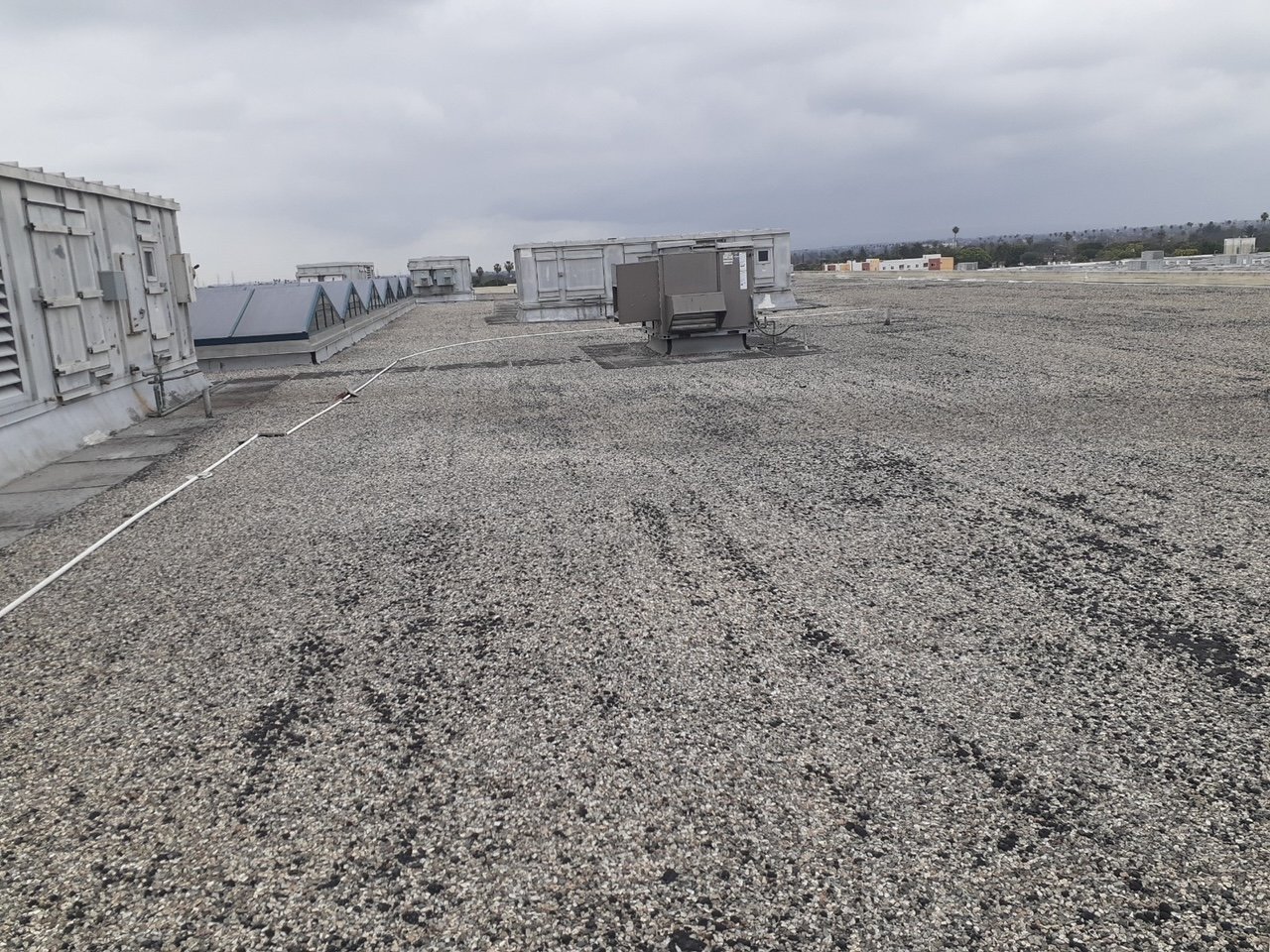How to Stop Water Pooling on Flat Roofs, Alligatoring, Edge Leaks, and Other Roofing Problems
Flat roofs require significant work to prevent major issues.
Flat roofs are among the hardest types to maintain, as they are prone to water damage and problems caused by collected debris. Flat roofs require significant work to prevent major issues. Here are a few tips for preventing major problems with flat roofs.
Why is Roof Maintenance Important?
Maintenance is essential to prevent leaks and other damage to a flat roof. Flat roofs accumulate debris such as leaves, trash, and dirt. Debris can retain moisture, leading to rot and other damage that eventually causes leaks and cracks. Keeping the roof free of debris is crucial. Clean the roof’s drainage system to prevent water from puddling on top. Inspect and clean the roof after windy days or a storm.
Flat Roof Ponding Solutions
Ponding refers to water puddling or collecting on a flat roof, mostly occurring after rain. A flat roof is designed to have a drainage system that should prevent ponding. However, a flat roof may settle over time and develop a low point that dips down, allowing water to puddle. PVC membrane can be applied to the roof’s surface to protect it from water damage. Sometimes, the low dip in a flat roof may need to be filled to ensure water runs toward the drainage system.
Waterproofing a Flat Roof
A PVC membrane alone isn’t enough to waterproof the roof. While it helps protect the roof, it doesn’t completely waterproof it. To waterproof the roof, keep the top of the roof clean. Next, look for small holes or cracks. Filling in and sealing over the cracks and holes on the roof is important to stop water from seeping inside, which can cause mold or rot. Flat roofs should be inspected at least once a year, and minor waterproofing repairs should be conducted to waterproof the roof fully.
Flat Roof Inspection
Homes with full or partial flat roofs should have a dedicated time of year for professional roof inspections. Flat roofs are prone to various problems, most starting with water damage. A professional roof inspector can identify potential problems. With experience and training, a professional roofer will know what warning signs to look for to ensure the roof is healthy. When a problem is discovered, a professional roofing service will know the best method to repair it.
Irish Roofing Company offers commercial, flat roofing, rolled roofing, TPO, roof coating, and protech products to Scottsdale business owners. We offer ethical and professional services.

